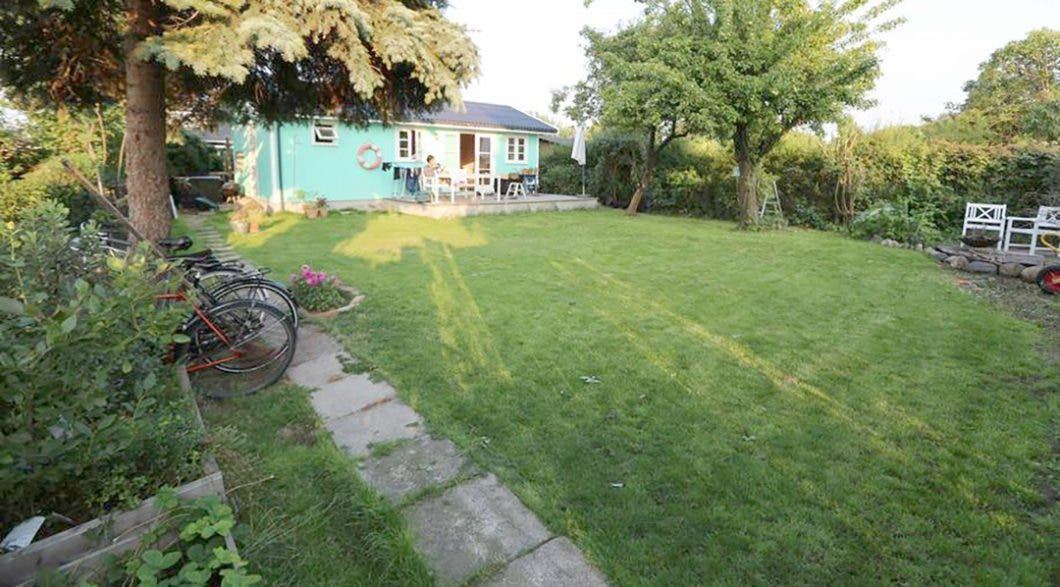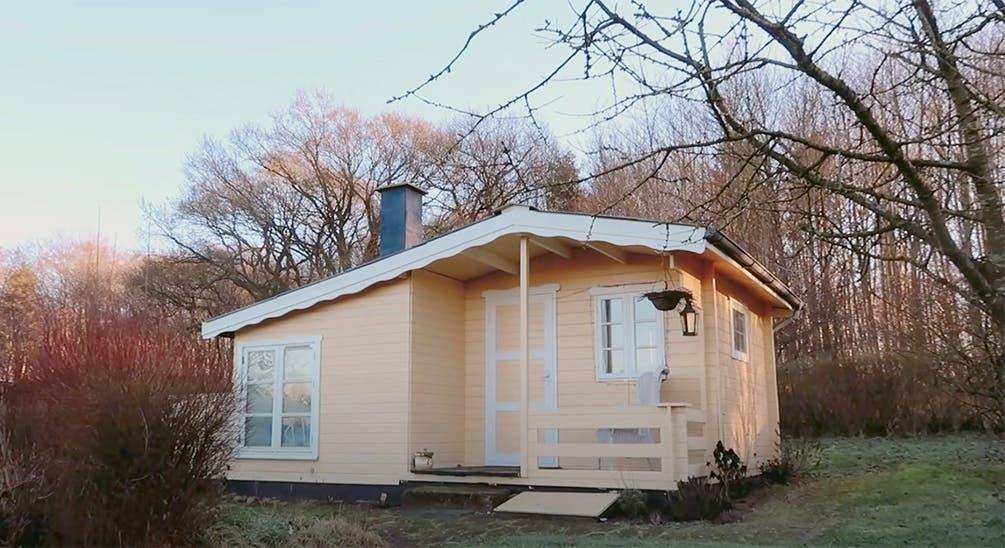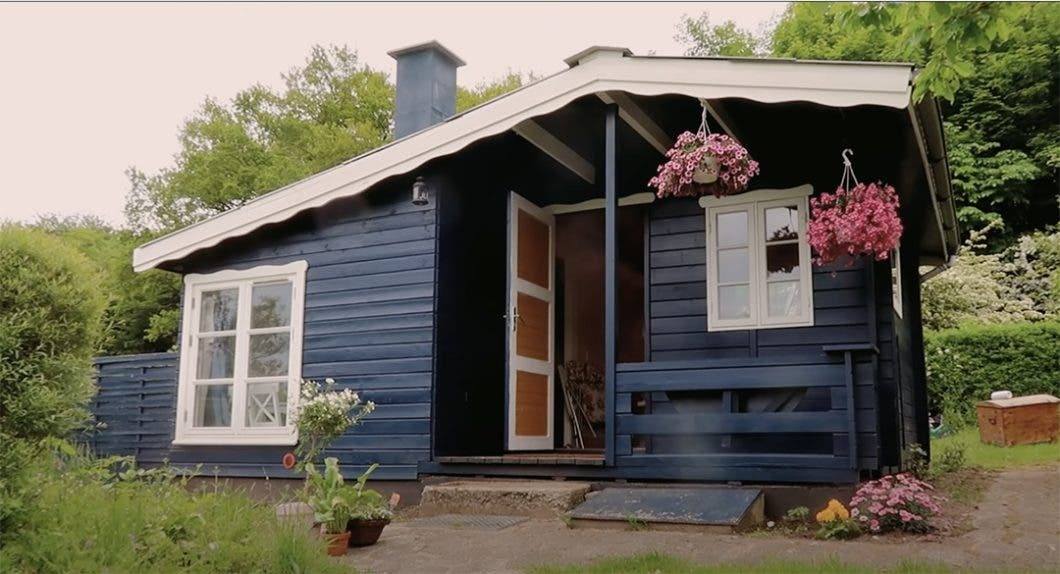In a tiny country with a lack of wide open space, the idea of living in a tiny hut in a garden is taking on a much wider appeal. In fact, some of these little spaces have been around since the 19th Century.
Danish allotment gardens sometimes come with a tiny, livable shed.

Danish allotment gardens (kolonihave in Danish) were established in the late 1800s as spaces for city dwellers to grown their own vegetables. These gardens originally had small tool or storage sheds. These sheds were then added onto to create tiny summer getaways similar to a beach house. Because of their unique history, the Danish government has made these little homes protected. Long-term leases are now available for the homes and owners can have fairly affordable spaces to live in the country—with a garden to boot.
These homes can be purchased with a government-protected lease.

There are about 60,000 allotment gardens in Denmark so the waiting list to grab one of these places is long. Owners must also follow the rules of the local allotment membership association. In fact, some of the homes cannot be lived in full-time or even have hot water, laundry, or other modern conveniences. That doesn’t stop the popularity or appeal of them.
Elise Buch purchased an allotment garden with a tiny shed.
You may have seen a viral video by Elise Buch of her purchase of a tiny allotment garden and cottage. Her little space contains a tiny living/sleeping area with a wood stove and a kitchen with a stove and oven but no water. The home came with only a camping toilet, so Elise plans to install a bathroom. The house will essentially be a part-time home and space for Elise to escape from the city.
Some allotment homes can be updated for modern living.

By Christina Nellemann for the [Tiny House Blog]

2 thoughts on “Living on a Danish Allotment Garden”